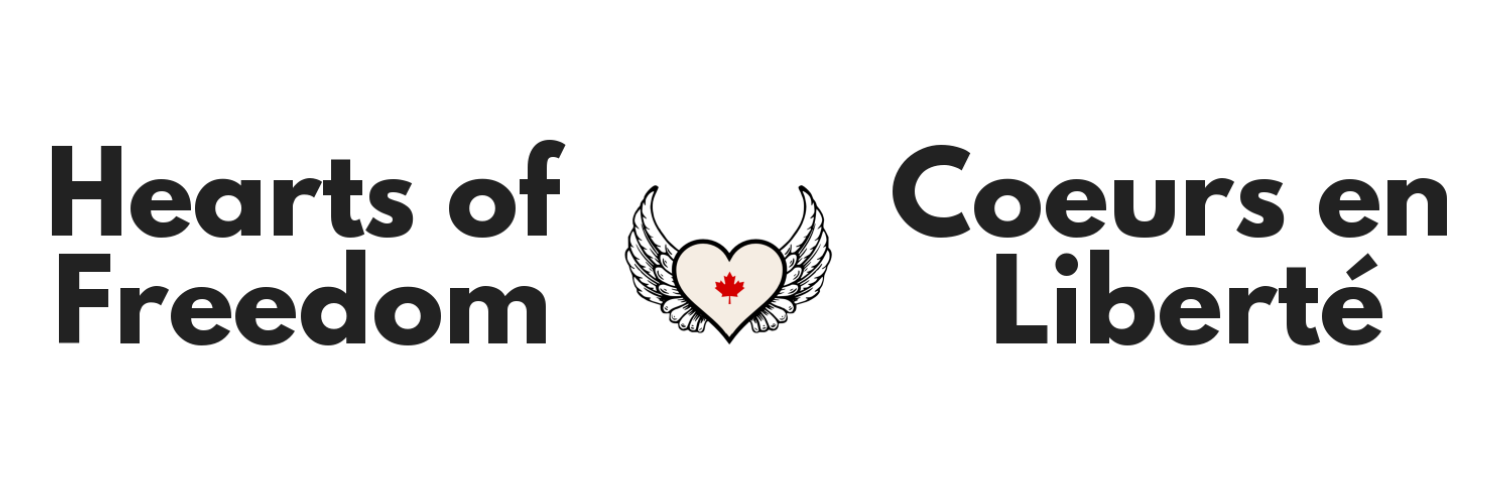Escape Journeys and the Refugee Camps.
The wars that raged through Vietnam, Laos and Cambodia with their attendant military action, terrorism, bombings, destruction, and repression drove thousands from their homes, villages and towns but not from their countries. All three countries experienced massive internal displacement but few people fled across borders. The refugees were, for the most part, a post war creation.
The first wave to flee their country as Communist forces closed in on Saigon in April 1975 were business people, members of the military or officials who had good reason to fear the communists. Many came from families from the north who had experienced brutal communist retribution firsthand. Most fled by sea, some in a naval convoy, others on commercial vessels, and approximately 130,000 were rescued by the Americans and transferred first to the Pacific islands of Guam and Wake and then to military bases in the USA.
The forced reunification of Vietnam by the victorious North saw as many as 100,000 southerners executed and hundreds of thousands incarcerated in brutal re-education camps or so called New Economic Zones where thousands more perished from mistreatment, hunger, disease, malnutrition and brutal working conditions. The new regime created economic hardship while trying to enforce a socialist transition of South Vietnam’s society and economy. Continuing repression targeted former military officers, officials, businesspeople, academics, professionals and their families. As relations with China deteriorated 200,000 long-term Chinese residents of northern Vietnam were expelled across the Chinese border. By mid-1978 the Chinese from the south were forced to pay in gold to depart in a series of over-crowded, virtually derelict ships. Most early “ boat people” were ethnic Chinese (Hoa) but by 1979 a combination of fear and privation convinced increasing numbers of ethnic Vietnamese that they and their families had, literally, no future in communist Vietnam. The only possible means of escape was in small, ill-equipped, overcrowded boats clandestinely setting out in hopes of reaching Hong Kong, Thailand, Malaysia, or Indonesia. Thousands perished at sea.
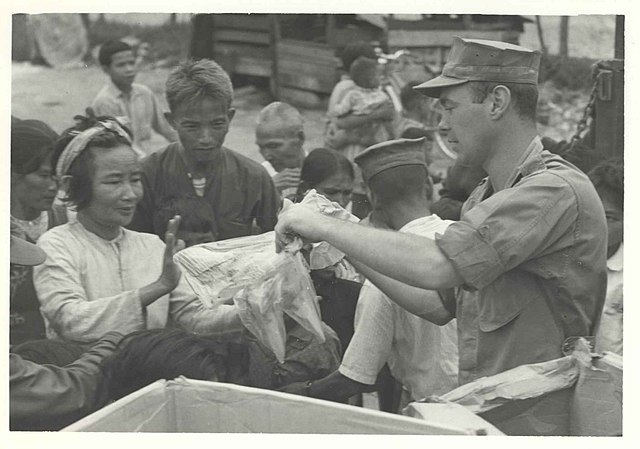
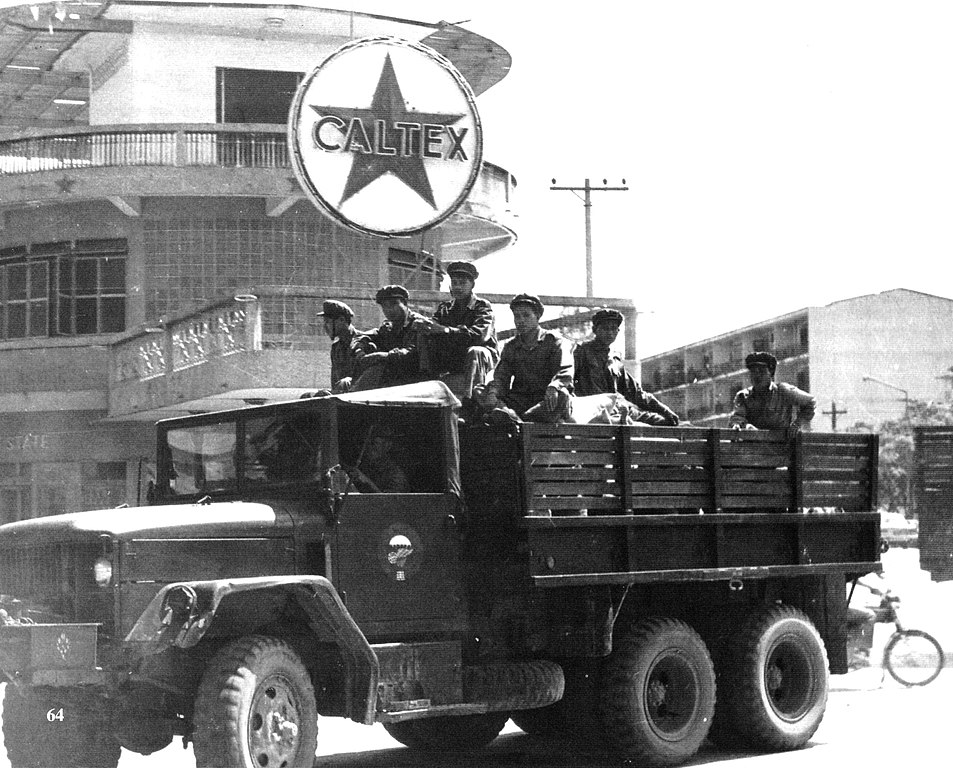
Meanwhile, in Laos the victorious Pathet Lao attempted to impose a Marxist socialist reordering of the Laotian society with catastrophic results. During the next few years, 10 percent of the population fled Laos because of oppression, lack of the necessities of life, fear of the brutal re-education camps called “semina,” and, especially in the case of the Hmong, reprisals for having opposed the North Vietnamese. During the war both Laos and Cambodia had been subjected to American carpet bombing aimed at disrupting North Vietnam’s military supply line, the Ho Chi Minh trail. Laos, as a result became the most heavily bombed country in the world. The eastern rural areas of both countries were devastated. Whole villages were destroyed; hundreds of thousands of people perished.
On April 17, 1975 Khmer Rouge insurgents defeated the Cambodian government and immediately emptied the city of Phnom Penh. The two million residents were sent to the countryside and many to forced labour camps. The aim of the regime headed by Pol Pot was to form a classless agrarian society, weaken the traditional family structure and transfer loyalty to “Angkar” as the ruling organization was called. Buddhist monks, former government or military personnel, professionals, ethnic Chinese, Vietnamese, and Muslim Cham were especially targeted. Close to two million people died, one quarter of the population, through executions, starvation, illness, and overwork. The country’s entire infrastructure was destroyed. The systematic persecution and killing of Cambodians by the Khmer Rouge have been ruled a genocide. In January 1979 Communist Vietnam troops invaded and overthrew Pol Pot and established a puppet government. The Khmer Rouge fled to the west of the country and remained a force for the next 20 years.

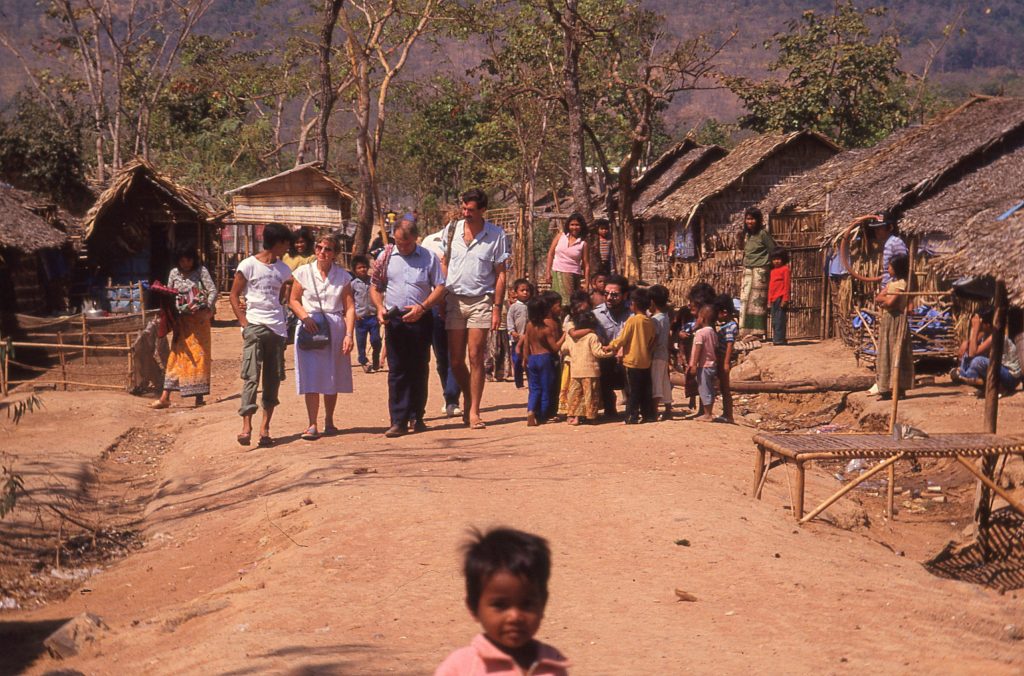
Initially, the Khmer Rouge’s grip on the country was so tight that escape was virtually impossible. With entry of the Vietnamese thousands fled through jungle covered mountains braving landmines, Khmer Rouge fighters and hostile Thai soldiers to Thailand. An early group of 40,000 refugees was rounded up by the Thai army and pushed back into Cambodia under conditions that led to 10,000 deaths. Eventually Thailand’s policy softened and hundreds of thousands of Cambodians, driven by fear and starvation, took refugee there.
At the height of the movement, there were over 70 refugee camps, situated in Hong Kong, Macau, Thailand, Malaysia, Indonesia, Philippines, the Anambas Islands, and Brunei. Camp conditions ranged from dreadful to barely tolerable. Vietnamese boat people lucky enough to survive the hazards of ocean travel in small over-crowed boats, pirates, and naval forces intent on interdicting them ended up in all of these countries and territories while Laotians and Cambodians took refuge in Thailand.
In July 1979, the United Nations brokered the long-term resolution of the refugee crisis in Southeast Asia. First countries of refuge around the South China Sea agreed to provide temporary refuge to the refugees. In return, developed countries, including the United States, France, Canada, and Australia, agreed to resettle them permanently. As well, the UN and Vietnam negotiated the Orderly Departure Program which allowed relatives of refugees resettled in the West to legally emigrate directly from Vietnam to join their relations.
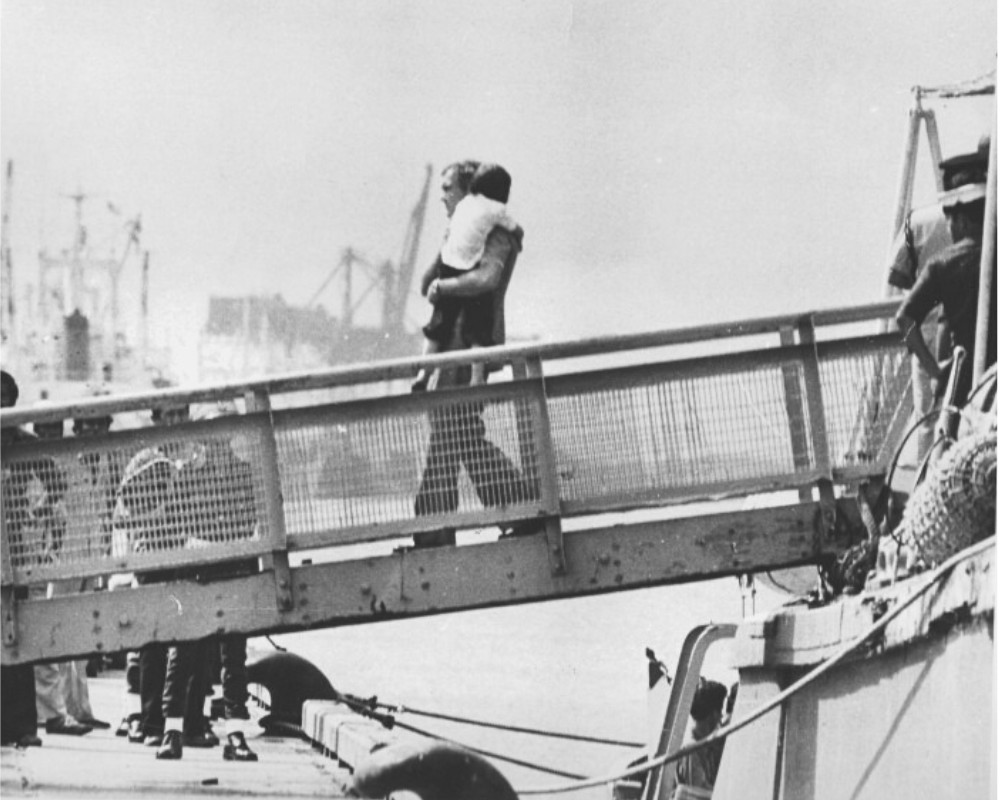
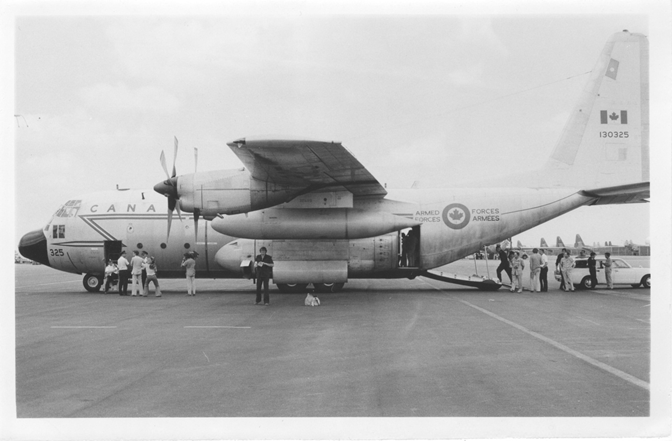
Officials of all the major developed resettlement countries worked under very difficult conditions in the refugee camps to select refugees for permanent resettlement. Canadian and Quebec immigration officers and other Canadian officials were able, often with superhuman efforts, to fulfill Canada’s commitments and send refugees to their new homes in Canada.
